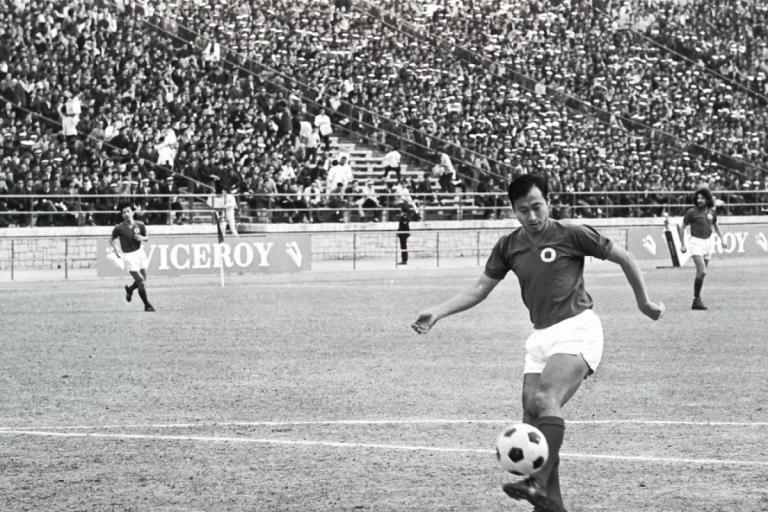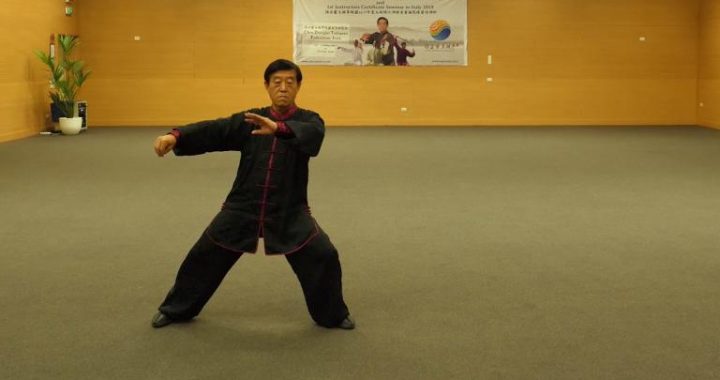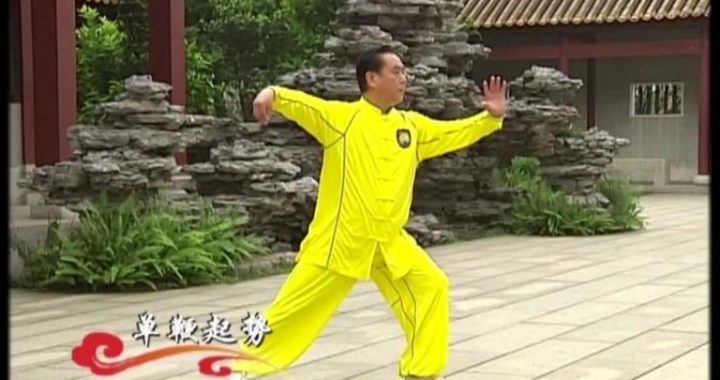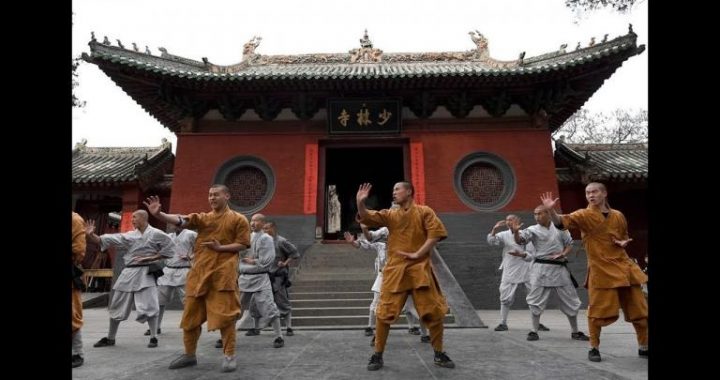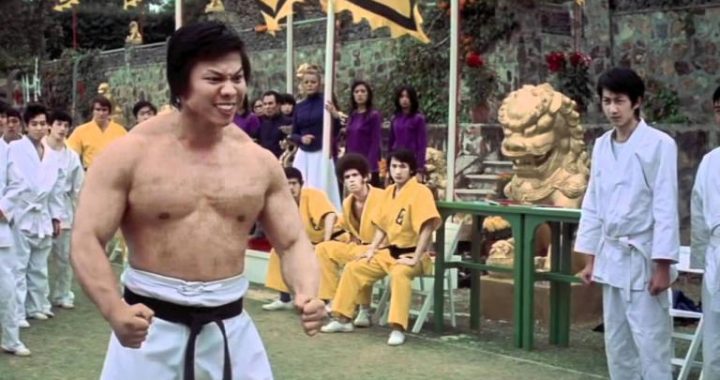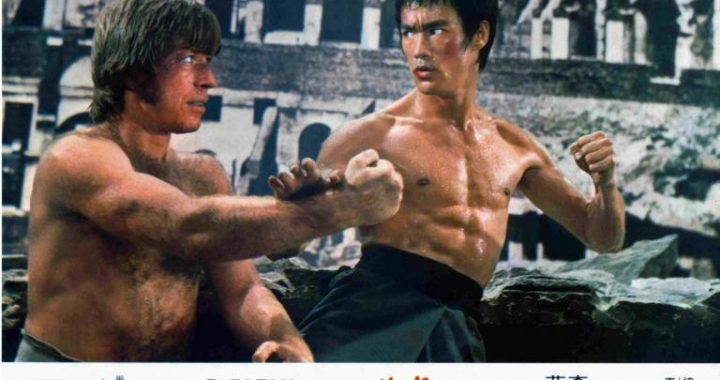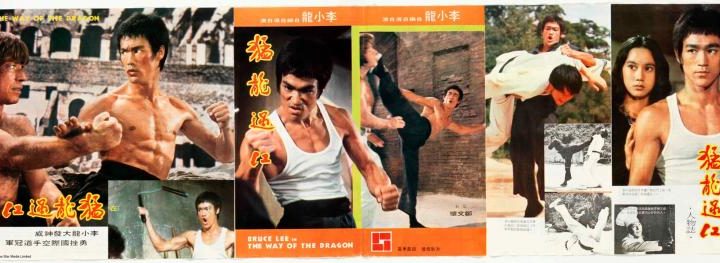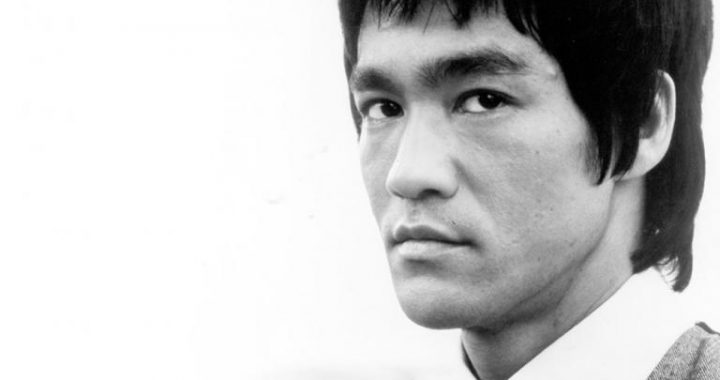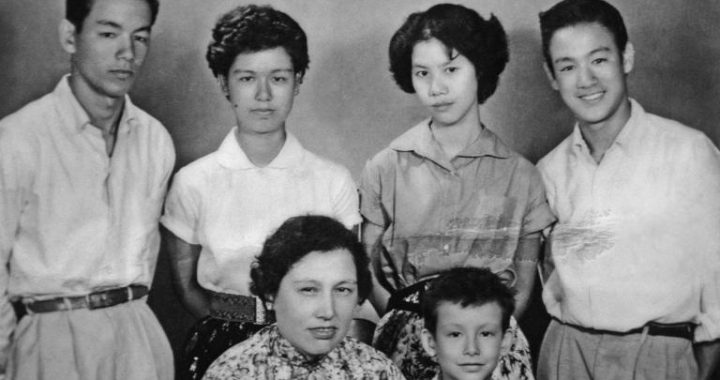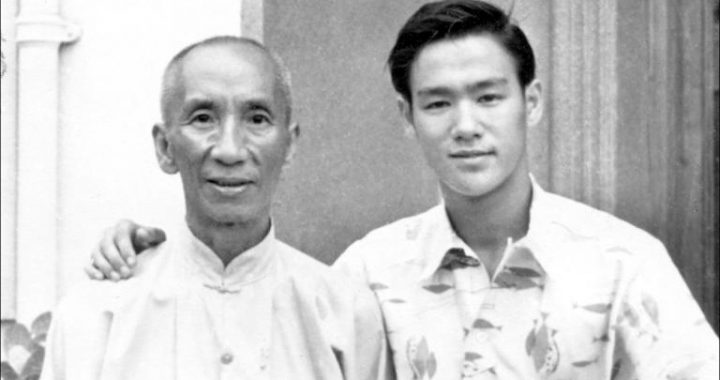Cuju Flew Higher than Birds
5 min readCuju, or cuqiu, meaning”kick ball, is a type of ancient Chinese football Cuju was already called”footballduring the song Dynasty(960-1279), as evidenced in Collection of Xikun Songs(Xikun chouchang ji), a book by Yang Yi(974-1020), which contains the following line: Cuju uses the feet to kick the ball, hence called today Many ancient Chinese paintings depict scenes of cuju. One painting, Longevity and One hundred Children, by Song-dynasty artist Su Hancheng(1094-1172)features a scene of a group of children playing cuju together. One child is lifting his foot to kick a ball. Another painting, entitled A Scene of cuju, by Qian Xuan(. 1239-1299), of the early Yuan Dynasty(1271-1368), describes Song Emperor Taizu, or Zhao Kuangyin(r. 960-976), playing cuju with five of his ministers.
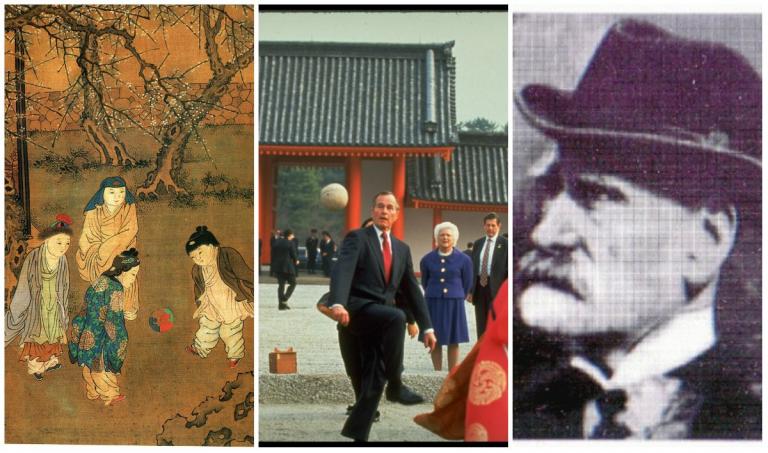
The six players are depicted vying with each other to kick the ball, when even the emperor momentarily forgets his identity, enjoying himself in high spirits like everyone else Cuju is said to have first appeared in the ancient era of the Yellow Emperor iu Xiang(c. 77-6 BC) of the Han Dynasty(206 BC-AD 220) recorded in his Miscellanies(Bielu): Cuju is said to have been invented by the Yellow emperor or during the Warring States Period. It was originally a method to train soldiers, and through cuju, soldiers of talent can be found. For enjoyment, soldiers like to play it when they are free from duty. “It might not be true that cuju was first developed in the time of the yellow emperor but historical documents record clearly that this sport was quite popular in the State of Qi during the Warring States Period(475-221 BC). This sport was originally popular in the army, as a type of activity involving both conflict and entertainment. The military thus discovered soldiers with ability while they exercised their bodies through the sport, which also would have slightly relieved the boredom and loneliness of barrack life In the han dynasty, the sport of cuju became very popular Huan Tan (BC AD 56), said in his On Salt and Iron (Yantie lun): Noble families engage in cuju and cockfighting. “The court field for cuju was a rectangle, while the ball was round. which accorded with the chinese idea of “the sky is round and the land is square.
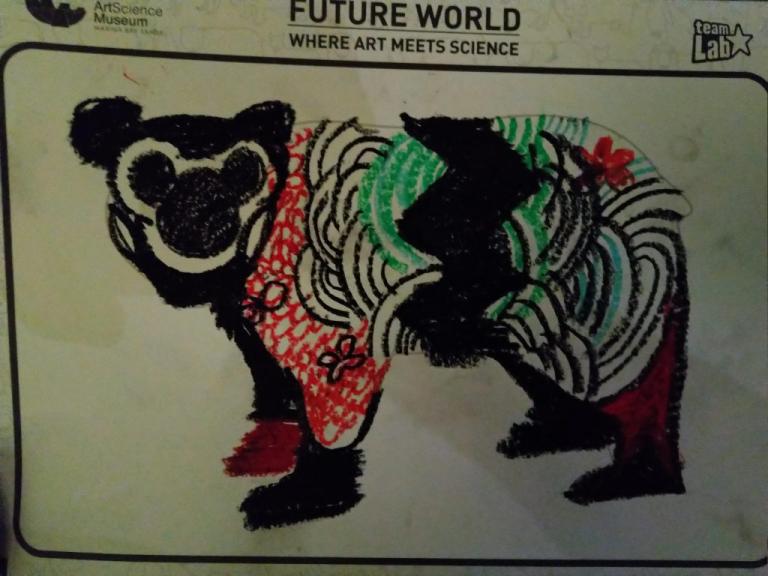
A closed space within high walls. the court field had stands specially built for distinguished spectators. The Ball and the Court Field, an essay written by Li You(birth and death dates unknown) of the Eastern Han Dynasty(25-220) and inscribed on the cornerstone of a court, records that the game was usually played between two teams, each having 12 players in the fieldwith goals on both sides. as well as referees No specific rules for the game are known today. According to Miscellanies of the Western Capital(Xijing zaji). after Liu Ban(r. 206-195 BC), founding emperor of theHan dynasty, ascended the throne he made arrangements for his father to live in Weiyang Palace, providing him with delicacies as well as song and dance performances. Howeverthe old man remained in low spirits. It turned out that liu bangs father had lived with ordinary people and liked to indulge incockfighting and ball-playing. Upon learningthe truth Liu bang had a new town built with a large cuju court in honor of his father who then invited all his old friends and from then on led a very happy life The football used in the Han Dynasty was already made of leather but filled with solid materials instead of air. The Tang Dynasty(618-907) witnessed the invention of the air-filled ball which made the sport more interesting. as this ball was elastic and could fly high into the sky. tang-dynasty people paid great attention to the atmosphere of the matches, beating drums to add to the fun However. the level of confrontation was lessened, with the goals, earlier placed on the two sides. then put in the center of the court, But the entertainment was increased as people had to count the number of goals to decide who would win. Air-filled balls being light, people found another way to play with it, that is, to see who could kick the ball higher Cuju helped to develop another sport in the Tang Dynasty, polo.
Polo appeared first in the Three Kingdoms Period (220-280); later as exchanges with the Western Regions increased, the polo of those regions found its way to China enriching the sport. The popularity of the cuju game also enhanced the popularity of polo In the Tang Dynasty, a polo match was once held between a Tubo(todays Tibet) team and a Tang team. Moreover, among the 19 emperors of the Tang Dynasty, 1l were fond of playing polo. Inside and outside the capital city of Changan, there were more than a dozen polo courts. Polo, besides bein a form of entertainment, was also applied to train armies; and as a result, many cities and towns where troops were stationed had polo courts, too In the tunnel of the Tomb of Crown Prince Zhanghuai (li Xian, 652-684), the mural hitting the Ball vividly depicts a scene of polo game in the Tang Dynast The urban cultural prosperity of the Song Dynasty brought further popularity for cuju, with the entertainment aspect of the game highly increased. The Song people compared football with theater, and there even arose organizations like today s football associations people loved cuju, and a good cuju playerenjoyed high social status.
In the novel Outlaws of the Marsh(Shuihu zhuan).there is an official named Gao Qiu, a real figure in history who was highly appreciated by Song Emperor Huizong(r. 1101-1125), simply because he was good at playing cuju During the Tang Dynasty, cuju became a popular folk activity played on”Cold Food Day. the day right before the Qingming Festival. Many poets of the Tangand Song dynasties composed poems describing scenes of playing cuju, as well as about the swings, thus giving us intriguing portrayals of these folk customs omen began to take part in the cuju game in the Tang Dynasty. By the Yuan Dynasty, there were already female cuju professionals. Yuan playwright Guan Hanqing (? -c 1300) had two poems under the same title “Women Xiaoweidescribing scenes of women playing cuju “Xiaowei”was a title for the highest-ranking craftspeople in the Qiyun Society a cuju association. They not only put on solo cuju performances, but also took part in man-woman competitive performances. This is depicted in two bronze mirrors with a cuju design, one now kept in the museum of Chinese history and the other in the Hunan museum.
